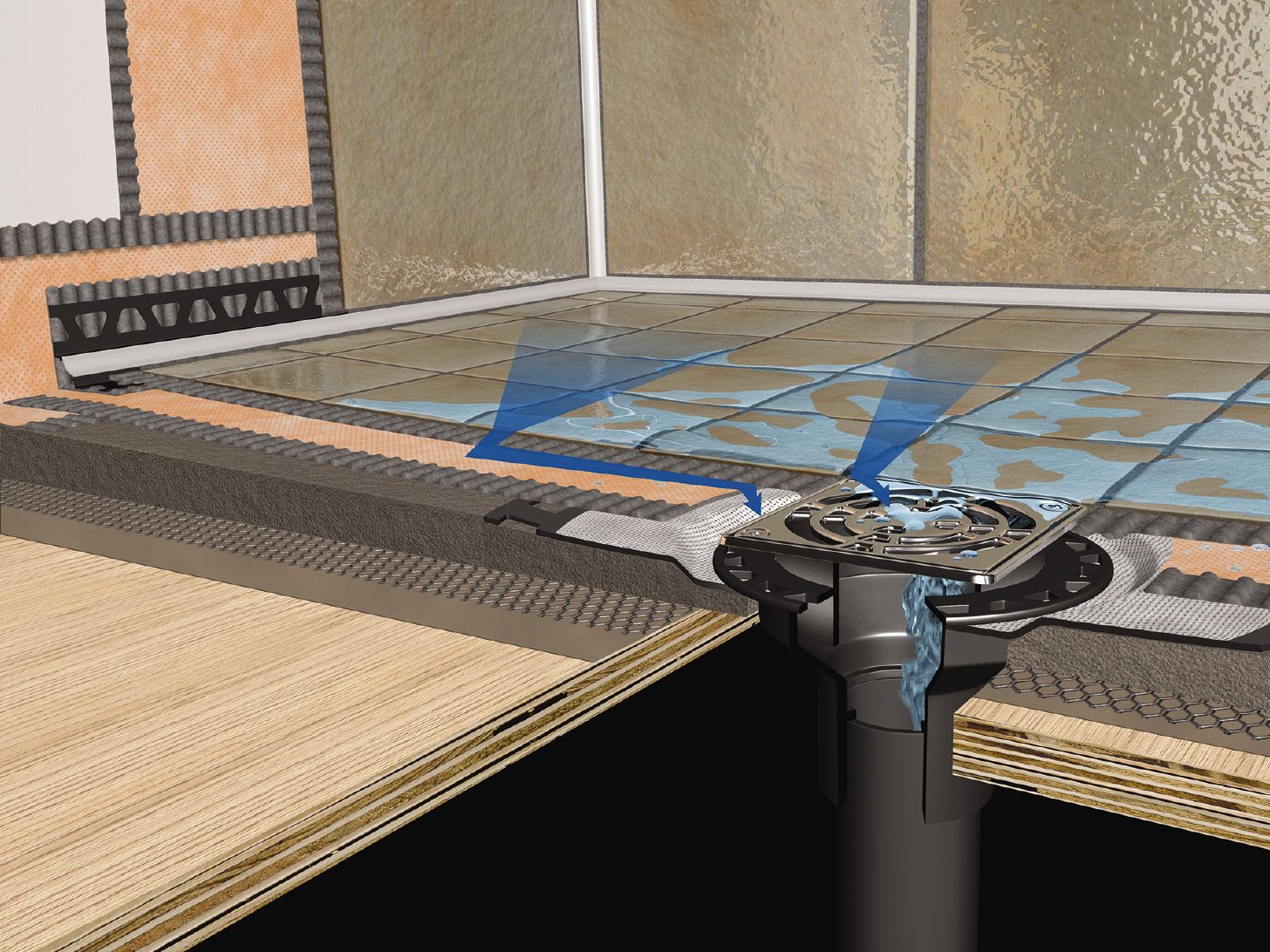Any waterproofing company in Singapore would agree that mold and mildew are common problems in residential properties.
Bathrooms are among the areas in the house that attract mold and mildew. They’re exposed to moisture all day, so it’s crucial to ensure proper waterproofing.
You may think that walls are the only areas that need attention, but floors do so too. So, how do you ensure that your bathroom floor is waterproof and mold-free?
First, pay attention to the grout between tiles. The grout is the tight space between tiles often filled with fine sand and adhesives. It may look tight on the surface, but it can still absorb water.
Let’s talk about ways on how you can waterproof your shower floor.
Using self-adhesive systems.

One modern way to waterproof the shower floor is by using sealing solutions. Unlike the traditional liquid waterproofing methods, you use sheet membranes that you can easily peel and stick. They’re easy to install and can be applied on all types of surfaces.
You can even use them for your bathroom walls. They no longer require additional sealing material. All you need to do is glue the membranes directly to the surface. There are different types of self-adhesive systems for waterproofing bathrooms. Try to look for a patented technology or those recognised as effective by waterproofing companies in Singapore.
Applying liquid paints.
Paint-on waterproofing systems involve applying liquid paint on the surfaces. Once the paint dries, it turns into a rubber-like, flexible layer. You use a special type of paint, called epoxy, that’s suitable for shower floors and other surfaces constantly exposed to water and moisture. Like self-adhesive systems, liquid membranes are also easy to apply. Proper application is crucial to ensure effective waterproofing. That said, consider hiring a waterproofing company in Singapore for your renovation project.
Using foam wallboards and shower bases.

Another option to waterproof your shower is installing foam wallboards or foam board panels. Foam panels are waterproof on the surface, unlike other systems that are waterproof at the back part. They’re made of polystyrene foam and are available in various thicknesses to accommodate various applications. Aside from foam wallboards, foam shower bases can also be used to control moisture levels. They’re available in kits, which already come complete with all components needed for the installation, from the shower pan to the seam tape. Foam wallboards and shower bases are made from the same material and are both easy to install. You can customise their shape and size using hand tools available at home.
There are different ways to waterproof the shower floor. Some options are traditional and more tedious, while some are based on new technology and are easier to execute.
But even if there are options you can probably do on your own, it still helps to partner with a professional waterproofing services provider. This way, you can have the area examined first for potential issues and have them resolved if any, before adding waterproofing.
A waterproofing specialist and contractor in Singapore can also help you with related issues, such as water leakage, to ensure that the entire system runs smoothly.
